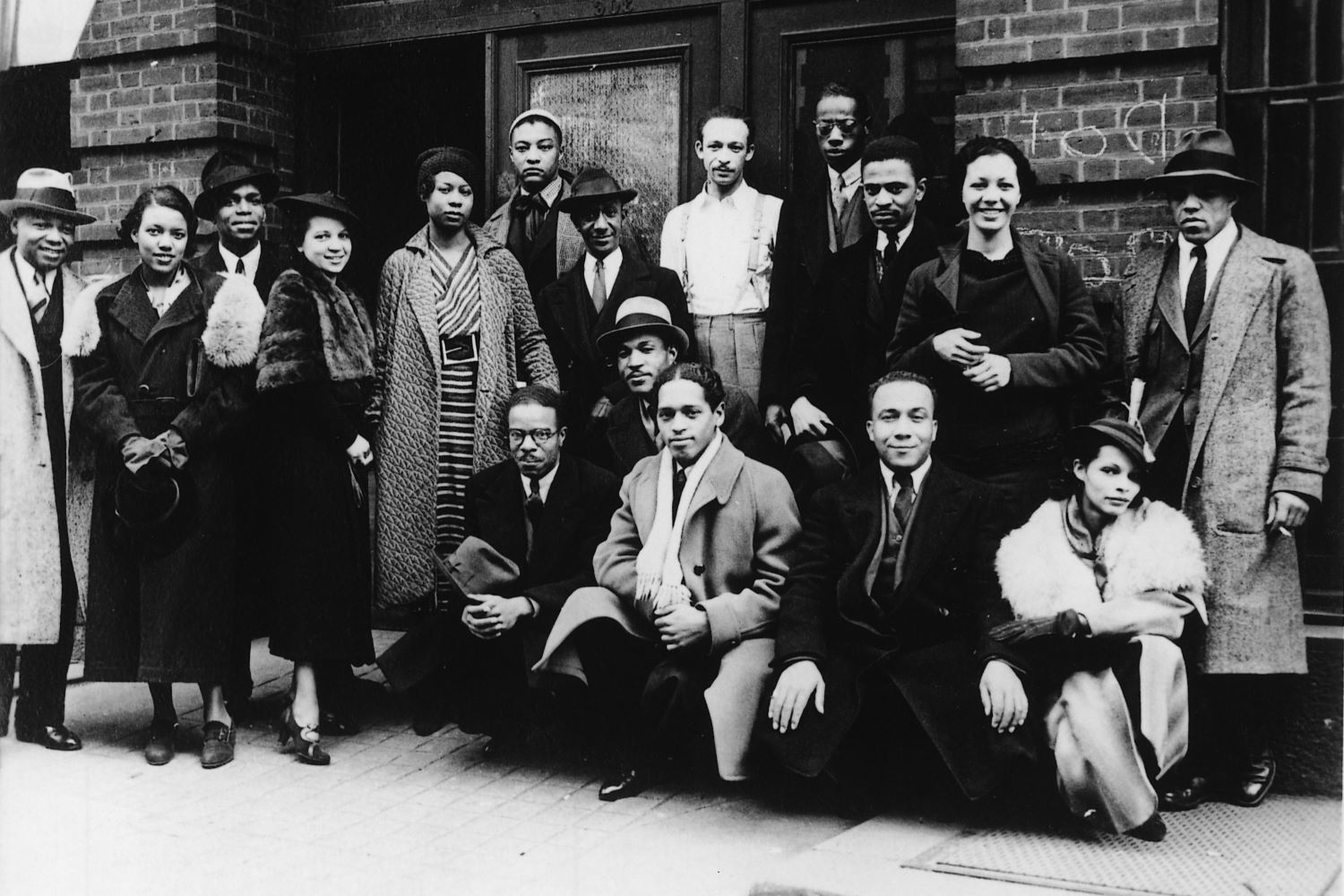Harlem Renaissance – New York’s Cultural Revival

Have you ever wondered what sparked the Harlem Renaissance? This cultural movement transformed New York City in the early 20th century. It wasn't just about art and music; it was a rebirth of African American culture. Imagine walking through Harlem's streets, hearing jazz from every corner, seeing vibrant murals, and feeling the energy of a community coming alive. Writers like Langston Hughes and Zora Neale Hurston penned stories that captured the essence of their experiences. Musicians like Duke Ellington and Louis Armstrong brought jazz to life. This period wasn't just a moment in time; it was a revolution that changed the face of American culture forever.
Harlem Renaissance – New York's Cultural Revival
The Harlem Renaissance, a cultural movement in the 1920s and 1930s, transformed Harlem into a hub of African American art, music, and literature. This period saw a flourishing of creativity that left an indelible mark on American culture. Let's explore some key places that played a significant role in this revival.
Iconic Venues of the Harlem Renaissance
Harlem's vibrant scene was home to many iconic venues where artists and musicians showcased their talents. These places became the heart of the movement, drawing crowds from all over New York City.
The Apollo Theater
Opened in 1914, the Apollo Theater became a legendary venue for African American performers. It hosted famous acts like Ella Fitzgerald and Billie Holiday, making it a cornerstone of Harlem's musical heritage.The Cotton Club
Known for its glamorous atmosphere, the Cotton Club featured performances by Duke Ellington and Cab Calloway. Despite its segregated audience policy, it was a crucial platform for black musicians.The Savoy Ballroom
Famous for its "Battle of the Bands" nights, the Savoy Ballroom was a hotspot for swing music and dance. It welcomed both black and white patrons, promoting a sense of unity through music.
Literary Landmarks of the Harlem Renaissance
Writers and poets found inspiration in Harlem's streets, creating works that captured the essence of African American life. These literary landmarks were gathering spots for intellectuals and creatives.
The Harlem Branch of the New York Public Library
This library became a meeting place for writers like Langston Hughes and Zora Neale Hurston. It provided resources and a quiet space for them to craft their influential works.The Dark Tower
A salon hosted by writer and patron A'Lelia Walker, the Dark Tower was a haven for artists and intellectuals. It fostered discussions and collaborations that fueled the Renaissance.
Art Galleries and Studios
Visual artists also played a significant role in the Harlem Renaissance, using their work to express cultural pride and social commentary. These galleries and studios showcased their masterpieces.
The 135th Street YMCA
This community center offered studio space for artists like Aaron Douglas. It also hosted exhibitions that highlighted the talents of African American painters and sculptors.The Harmon Foundation
Dedicated to promoting African American art, the Harmon Foundation organized exhibitions and provided grants to emerging artists. It helped bring national attention to Harlem's creative community.
Jazz Clubs and Music Halls
Jazz music was the soundtrack of the Harlem Renaissance, with clubs and music halls providing the stage for legendary performances. These venues were the lifeblood of Harlem's nightlife.
Minton's Playhouse
Known as the birthplace of bebop, Minton's Playhouse hosted jam sessions with jazz greats like Thelonious Monk and Charlie Parker. It was a breeding ground for innovative musical styles.The Lenox Lounge
This iconic jazz club featured performances by Miles Davis and John Coltrane. Its Art Deco design and intimate setting made it a favorite among jazz enthusiasts.
Educational Institutions
Education played a crucial role in the Harlem Renaissance, with institutions providing opportunities for learning and growth. These schools and centers nurtured the next generation of thinkers and leaders.
The Harlem Community Art Center
Founded by sculptor Augusta Savage, this center offered art classes and workshops. It empowered young artists and promoted cultural education within the community.The New Negro Movement Headquarters
This organization, led by Alain Locke, promoted African American literature and philosophy. It encouraged intellectual development and cultural pride among Harlem residents.
Harlem Renaissance's Lasting Impact
The Harlem Renaissance left a lasting mark on New York City and American culture. This period saw a surge in artistic expression, literature, and music, shaping the cultural landscape. Figures like Langston Hughes and Zora Neale Hurston became icons, their works still celebrated today. Jazz and blues flourished, with clubs like the Cotton Club becoming legendary. The movement also fostered a sense of community pride and racial identity, influencing future generations. Harlem remains a vibrant neighborhood, rich in history and culture. Visiting Harlem offers a glimpse into this transformative era, with landmarks and museums preserving its legacy. The Harlem Renaissance wasn't just a moment in time; it was a cultural revolution that continues to inspire. Whether you're a history buff or a casual visitor, Harlem's story is one of resilience, creativity, and enduring influence.

